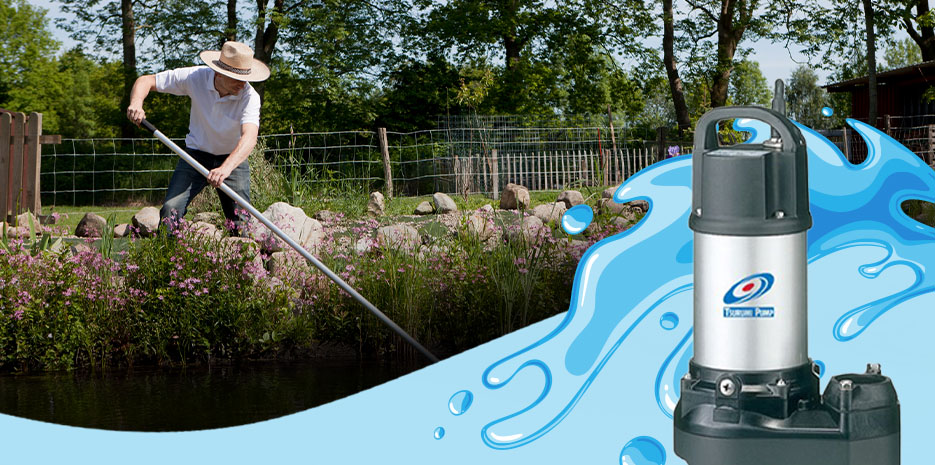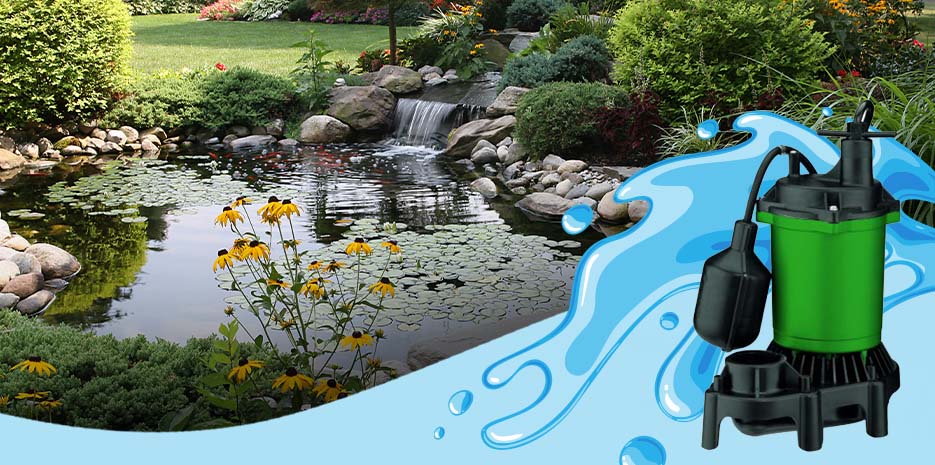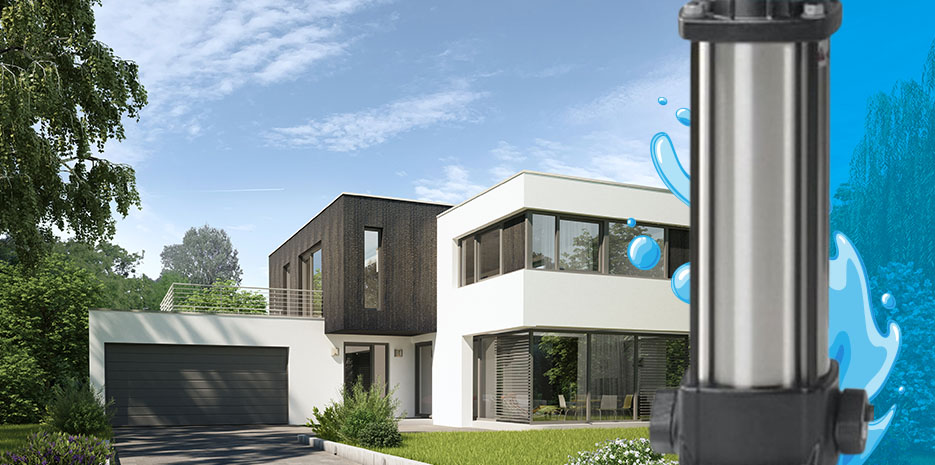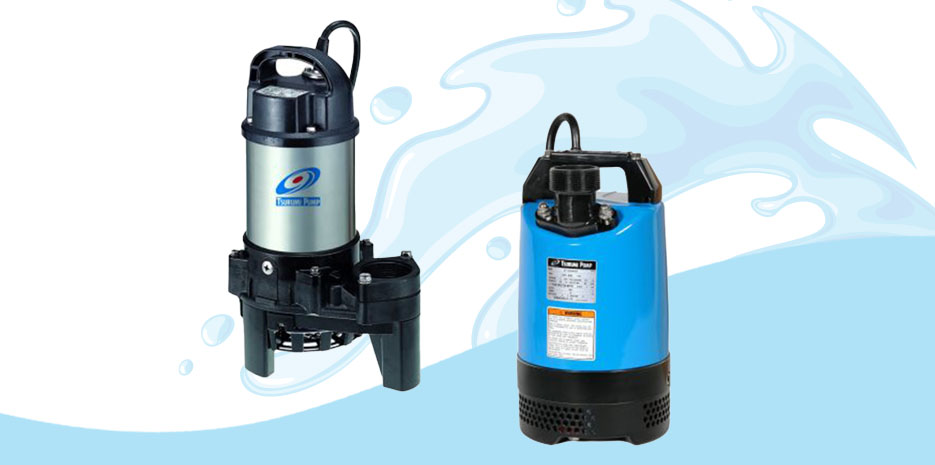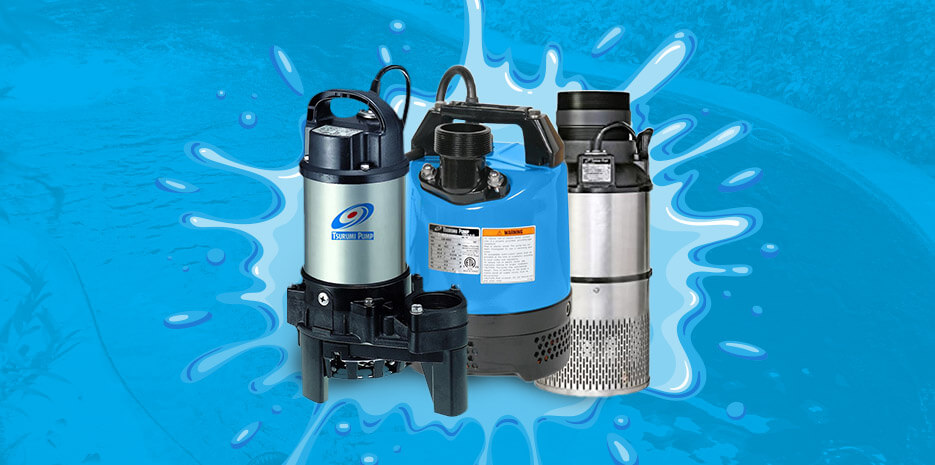Dos & Don'ts Of Garden Design
- By Eli Weinstock
- Aug 21, 2019
You’ve decided to build a water feature in your yard and have questions about the pond pump. There are a lot of dos and don’ts of garden design and getting the answers before you start will save headaches later.
Pond Pump Basics
First, decide on the type of pump you will use, magnetic drive or direct drive. Direct drive pumps will pump water higher and are self priming. A magnetic drive pump is more energy efficient.
Will you use a submersible or external pump? Submersibles don’t have to be hidden and run quietly but have to be pulled out of the pond for regular cleaning. External pumps will need to be hidden to preserve the natural look of your pond and may be loud.
An external pump will cost more to purchase but will cost considerably less to operate than a submersible pump. Submersibles don’t last as long as external pumps and replacement parts are usually not available. When it quits working it will need to be replaced.
The pump size will depend on the size of your pond and the gallons per hour (gph) capacity of the pump. This is an important factor in choosing the pond pump so you may want to get expert help on this.
Dos:
Know the size of the pump you will need and choose a pump one size larger than you actually need.
The pump should circulate the entire pond once an hour for maximum effectiveness, every two hours at a minimum.
Buy an energy efficient pond pump.
Look for a two year warranty.
Install a ground-fault circuit interrupter (GFCI) at least five feet from any water. This will cut off the electricity as soon as it senses water.
Be sure you have a shut-off valve in case you need to make repairs to the pond or the water lines that run to it.
Consider a second pond pump if your pond has a waterfall.
Set a regular schedule for cleaning your pump.
Consider a cover to protect an external pump from the weather.
Don’ts:
Rocks on the bottom of the pond will gather dirt and debris between them that may clog the pump. Don’t use them.
A pond pump needs to run continuously to provide oxygen to your pond and prevent stagnant water so don’t turn it off or use a timer.
Do not use a sump pump in place of a pond pump. It is unsafe.
Do not use a swimming pool pump instead of a pond pump. It will not do the job.
Do not start the pump after installation without priming it.
Don’t set a submersible pump on the bottom of the pond. Placing it on a cement block or other flat surface will help prevent debris from clogging the pump.
Don’t buy a cheap pond pump. You get what you pay for.
A water feature provides a place to relax to the sound of moving water, a peaceful oasis in your own yard. It also beautifies and adds value to your property. Enjoy it!


